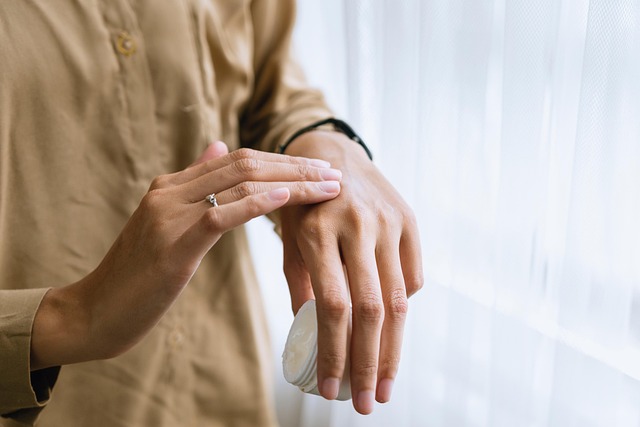Tanning Salons: Safe Practices, Options, and Skincare Tips
Tanning salons offer a range of services that help people achieve a sun-kissed look year-round, from UV tanning beds to spray tans and tanning accelerators. Understanding the differences, the safety considerations, and how tanning interacts with your beauty and skincare routine helps you make informed choices. This article explains common salon options, what to look for in professional local services, and practical steps to protect your skin while getting the look you want.

This article is for informational purposes only and should not be considered medical advice. Please consult a qualified healthcare professional for personalized guidance and treatment.
What is tanning and how do methods differ?
Tanning refers to darkening of the skin through pigment (melanin) response to ultraviolet (UV) exposure or with topical products that stain the skin. Salons typically offer UV tanning (tanning bed or booth) and sunless options like spray tans or airbrush treatments. UV tanning stimulates melanin and carries health risks tied to UV radiation. Sunless tanning uses dihydroxyacetone (DHA) applied to the skin for a temporary color without UV exposure. Consider desired duration, immediate appearance, and health preferences when choosing between methods. Many people combine approaches seasonally or for special events.
How do you choose a salon in your area?
Selecting a reputable salon matters for safety and results. Look for clear cleanliness standards, well-maintained equipment, staff trained in skin assessments, and transparent product information. Read reviews, ask about technician certification, and confirm whether the salon verifies skin type and tanning history before sessions. For spray tans, request a patch test to check for allergic reactions. Good salons will explain protective eyewear, session durations, and recommended intervals between visits. If you have skin conditions, recent treatments, or are taking photosensitizing medications, disclose these before booking.
Are tanning beds safe and what should you expect?
Tanning beds emit UVA and sometimes UVB radiation to darken skin; regular use increases the risk of premature aging and skin cancer. If you choose a tanning bed, follow guidelines: limit duration based on skin type, use protective eyewear, avoid products not recommended for UV exposure, and allow adequate time between sessions. Modern salons should calibrate equipment, post exposure limits, and document client sessions. Alternatives such as spray tans provide color without UV exposure. Always weigh aesthetic goals against long-term health implications and consult a dermatologist with concerns about UV exposure.
How does tanning fit into a beauty routine?
Tanning can be part of a broader beauty regimen when balanced with makeup, hair, and wardrobe choices. A subtle, even tan can enhance contours and make colors pop, but overdoing sessions can create uneven tone or accentuate skin imperfections. For sunless tans, exfoliate and moisturize beforehand to ensure even application; for UV tans, maintain hydration and plan around treatments like chemical peels or microdermabrasion. Consider how tanning interacts with hair color treatments and seasonal style changes. Whether aiming for a glow for an event or a gradual year-round tan, coordinate with your stylist and skincare professional to keep results flattering.
What skincare steps protect your skin after tanning?
Protective skincare is crucial regardless of tanning method. After spray tans, avoid heavy sweating and showering for the time recommended by the technician and use gentle cleansers to extend the life of the tan. After UV sessions, apply broad-spectrum sunscreen when exposed to natural sunlight, moisturize to counteract dryness, and use antioxidant-rich serums to support skin repair. Regularly check your skin for new or changing spots and schedule professional skin exams. Hydration, topical Vitamin C, and retinoids (used appropriately and with professional guidance) help manage aging effects; discuss timing of active ingredients relative to tanning with a dermatologist.
Conclusion
Tanning salons provide multiple pathways to a bronzed look, from UV tanning beds to modern sunless options, each with trade-offs in convenience, appearance, and health risk. Choosing a reputable salon, understanding equipment and products, and integrating careful skincare can improve results while reducing harm. Prioritize informed decisions, monitor your skin’s response, and consult healthcare or skin professionals for personalized advice and to address any concerns.






